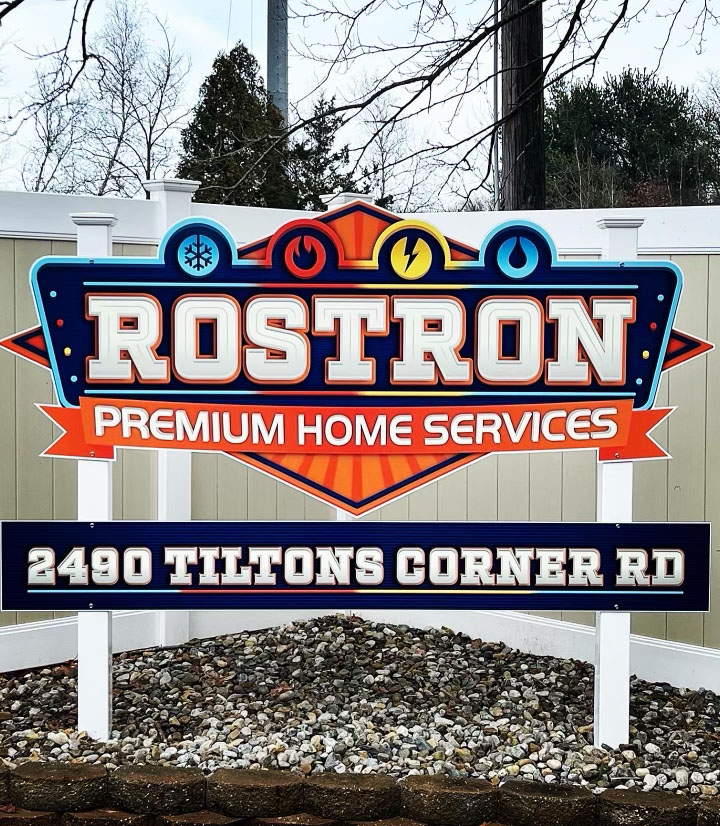
August 1, 2016
It’s been a beautiful summer so far here in Monmouth and Ocean Counties, but also one that has seen its fair share of hot, humid days. When the summer sun is beating down, cooling a home can be challenging—especially those hard-to-reach rooms in which temperatures never seem to be stable. In many cases, the problem can be attributed not to the cooling system, but to the home’s building envelope.
Picture the analogy of your air conditioner being like a faucet and your home envelope a styrofoam cup. The cup will quickly fill and overflow should it be airtight, but the moment you poke a hole in it, it will struggle to retain water no matter how long the faucet is allowed to run. The same concept applies to your home envelope, as tiny cracks and gaps can allow conditioned air to escape before it ever even has the chance to cool your home.
Looking to create a more comfortable indoor environment? Here are a few solutions that can help.
1. Install Mini Split Heat Pumps
Mini split heat pumps represent some of the newest, most promising HVAC technology in the home performance space. Since they’re able to operate independently from ductwork, they’re ideal for installation in rooms that have historically been difficult to cool or heat. Just as effective at heating during the winter as they are at cooling rooms during the summertime, mini splits are an energy-efficient solution to creating a more comfortable home and dealing with temperature swings. They offer ultimate flexibility and control.
2. Reevaluate the Size and Efficiency of Your Air Conditioner
It’s possible that keeping your home properly conditioned has been a challenge not because your AC unit is malfunctioning, but instead because it isn’t sized properly for your home. An AC that is either too large or too small for a home will inevitably experience performance issues, either working too hard and never being able to keep up, or simply creating more conditioned air than necessary and running your energy bill through the roof. Air conditioners must be properly sized for the homes they’re installed in, which is something that may or may not have happened when your home was built or retrofitted—Tom Rostron can help.
3. Insulate and Air Seal
At the end of the day, even the most effective HVAC systems on the market will have an incredibly difficult time keeping up in a home that hasn’t been properly insulated and air sealed. This serves to tighten-up the building envelope, ensuring that conditioned air isn’t able to escape at will. The average home is like a sieve, where unwanted airflow occurs all throughout the day and night. Insulation is like a sweater that gets put around your home, and air sealing is like the windbreaker on top of it. When combined with ductwork maintenance, tightening the home envelope is the most effective way to enhance the performance of your AC.



